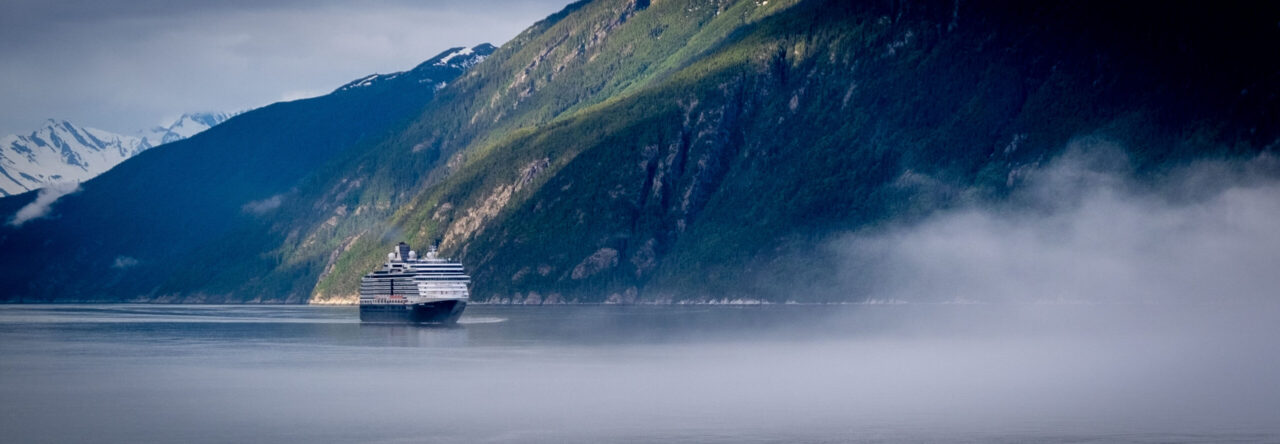
Sauguatuck Dunes State Park
Last month, the Michigan State Park System celebrated its 100th anniversary. With 103 parks, there are a lot of places in the state to enjoy natural Michigan. From Porcupine Mountains Wilderness State Park in the Western Upper Peninsula to Belle Isle in the Detroit River, Michigan State Parks encompass miles of freshwater shoreline, hills, waterfalls, and forests. There is a state park for whatever type of recreation you are looking for.

Tawas State Park
Mackinac Island was actually the first Michigan State Park as a gift from the Federal Government after a brief stint as the second National Park in the country and became the nation’s first state park (wiki). In 1917, the state of Michigan purchased land to make Interlochen State Park the second state park. By 1919, the Michigan State Park commission was created to “oversee, acquire, and maintain” state parks for the enjoyment of the people. Up until that point, many of the beauties of the state were privately owned and there weren’t places for the average person to go visit in their new automobile (govdelivery.com).

Seven Lakes State Park
I love how forward thinking the state of Michigan was back in the early 20th century. What else was happening around the country at that time? In 1919, the Grand Canyon became a National Park. Isle Royal, the only National Park in the state, didn’t become a National Park until 1940. Other state park systems didn’t exist until the 1930s.

McLain State Park
Back in 2012, I set a goal to visit every Michigan State Park. By my estimation, I have visited 49 so far and I have many more parks to explore! Through my explorations, I have seen some pretty amazing places! Of course, I have shared on here my absolute love of Ludington State Park. I probably visit Ludington more often then some parks which are closer to home. I’ve seen the unique beauty of the big spring at Palms Book State Park. I have witnessed the history of Fort Wilkins and Fort Michilimackinac. Just this past weekend, I camped along the shores of Lake Michigan at Fisherman’s Island State Park. I greatly appreciate the experiences I have had at these wonderful parks and I look forward to many more!

Silver Lake State Park
Thanks for stopping by! If you like my photos be sure to “like” my Facebook Page, follow me on Instagram! You can purchase prints on Etsy and Fine Art America. To see inside my camera bag, check out my Gear Page. For information about our new Guided Photography Tours, visit GuidedPhoto.com.
Pin This:




 While planning our cruise, I knew that I wanted to see some Mayan ruins. Through my research, I learned that that was an option at several ports. I examined the shore options in all the ports and decided the best option was to see the Chacchoben ruins in Costa Maya. This was a short port day for us; the all aboard time was 1:30, so I knew we didn’t want to risk this excursion through an outside company, especially because a lot of the shore excursion companies had the all aboard time as later in the day. Even though it was more expensive, we booked this one through Norwegian. As soon as the ship docked, we were off to meet our bus for our hour long drive to the ruins. This was one of the most popular excursions from Costa Maya and it was great to hear the history of the Mayans from our knowledgable guide, Alejandro.
While planning our cruise, I knew that I wanted to see some Mayan ruins. Through my research, I learned that that was an option at several ports. I examined the shore options in all the ports and decided the best option was to see the Chacchoben ruins in Costa Maya. This was a short port day for us; the all aboard time was 1:30, so I knew we didn’t want to risk this excursion through an outside company, especially because a lot of the shore excursion companies had the all aboard time as later in the day. Even though it was more expensive, we booked this one through Norwegian. As soon as the ship docked, we were off to meet our bus for our hour long drive to the ruins. This was one of the most popular excursions from Costa Maya and it was great to hear the history of the Mayans from our knowledgable guide, Alejandro.























